Being absorbed in nature, one moment at a time
Meditation is to be truly present,
to look deeply,
and to recognize …
the wonders of life and the Earth all around you.
Thich Nhat Hanh from Zen and the Art of Saving the Planet
When life gets “muddy,” I clear my head by going for a walk, bike ride or swim. Movement and meditation are what sustain my mental and physical health. “We don’t need to wait until we die to return to the Earth. We need to learn how to take refuge in Mother Earth — it is the best way to heal and to nourish ourselves,” Thich Nhat Hanh writes in “Zen and the Art of Saving the Planet.”
Mother Earth provides what we need for a healthy body and mind. Meditating with nature can be as simple as listening to birds chirping in the trees or watching ants skitter by our feet — or it can be as grandiose as hiking to the top of a mountain and absorbing the view. For a walk or hike to be a form of meditation, the mind is encouraged to release its desire for control so we can allow Mother Earth to hold our body in hers and to breathe with us.
One aspect of meditation that is inspiring and beneficial for releasing the mind is the concept of nonduality. A working definition of nonduality is that it is “pointing to the direct first-person experience … which reveals that the mind has no separate observer from its contents. The result is a feeling of unity and connection to the world,” according to FitMind. The concept of nonduality in everyday language is that we are one with everything around us; we are neither separate entities nor a different consciousness from our surroundings. “Mother Earth is not outside of you; she is inside. Mother Earth is not your environment; you are part of Mother Earth,” reads another quote from “Zen and the Art of Saving the Planet.” Indeed, meditation can bring intimacy to our relationship with nature.
To invite nonduality to meditation, we become one with Mother Earth in what is called “interbeing,” a mutual relationship with nature. “Allow yourself to be held by the Earth … Allow the Earth and Sun to be embracing you … [allowing] healing to take place,” Thich Nhat Hanh writes.
This month’s meditation practice will help us take refuge in Mother Earth to welcome a nondual experience. We intentionally choose an anchor for the mind and commune with our surroundings. Intended to be done solo, without the family, this practice should be done with plenty of time allowed — try to plan this when you are not in a hurry, with at least 30 minutes to honor your relationship with Mother Earth.
Nonduality relationship with Mother Earth: A meditation practice in nature
1. Begin by choosing a comfortable place outdoors. Under a tree, on your porch, on a park bench … Before settling into the practice, check your body for any areas of tension or discomfort. Stretch out these areas in any way that feels ok to you. Close your eyes if that is comfortable or just gaze on a neutral spot with eyelids relaxed.
2. Allow yourself to become aware of your breathing. Take a few deeper-than-usual breaths, noticing where the breath is most apparent (chest, belly, or nose area) to relax the nervous system and settle the mind.
3. Next, choose an anchor for the mind. This can be the sound of birds chirping, the swaying motion of tree branches in the breeze or the sound of a stream. Pay close attention to this anchor, noticing details that interest the mind and focus on them as they come into and out of awareness. There are often moments of silence between the sounds the mind takes extra pleasure in.
4. When settled, switch your attention to the body. Is the sun warming your skin? Can you feel the heaviness of your body into the earth? Do you need to change anything to be more comfortable? Can you encourage a sense of ease in your body?
5. You will notice your mind has wandered into thought at some point. This is expected so another meditation anchor may encourage your mind to let go.
6. As your practice progresses, allow yourself to notice sensations that are connected to your surroundings. Is there grass under your feet or something tickling your legs? Can you reach out your hands and feel the bark on a tree or gaze at a flower near you? Are there insects or an animal enjoying the space with you?
7. Keep going for as long as you can and are comfortable. Allowing ourselves plenty of time to get absorbed in nature helps us embrace nonduality and interbeing. Being with Mother Earth, breathing in and out, sensing your surroundings, and absorbing what’s here in the present moment for as long as you can.
8. When your practice is complete, it may be inspiring to journal or write a poem about the experience.
Anne-Marie Emanuelli is the founder and Creative Director at Mindful Frontiers LLC. Mindful Frontiers LLC is a Benefit Corporation (BCorp) committed to Community Wellness by providing schools and organizations with mindfulness meditation tools that nurture positive social-emotional growth. With over two decades of meditation experience, Anne-Marie provides coaching for children, families, individuals, groups, and classrooms. She is a certified meditation leader and a certified labyrinth facilitator. Guided meditation practices can be found on the Welcoming a Mindful Future podcast and the Insight Timer meditation app. Our website is MindfulFrontiers.net.
Originally published in The Taos News, March 14, 2024

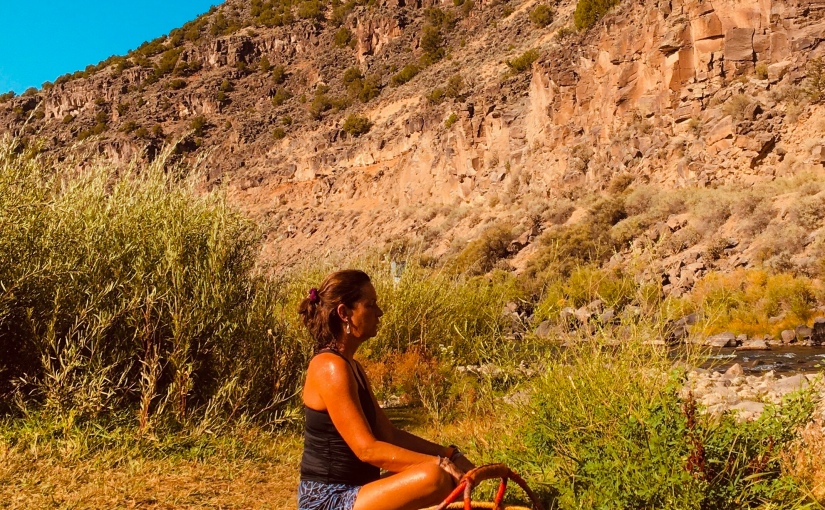

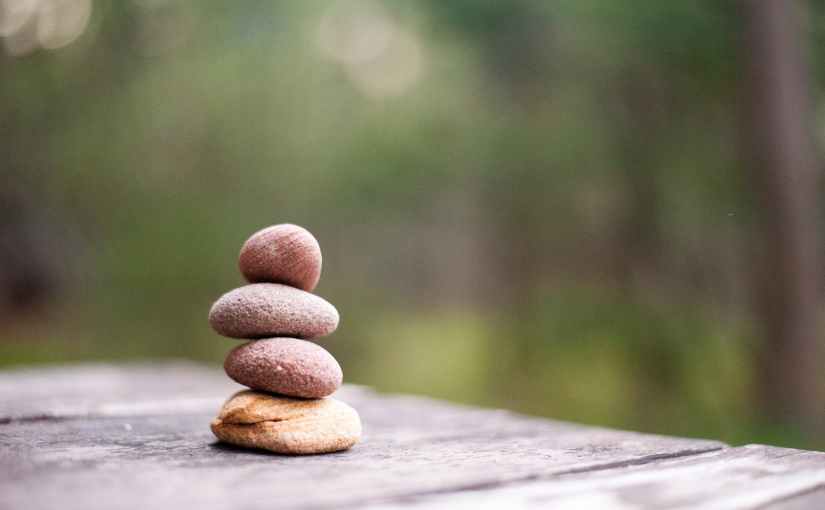


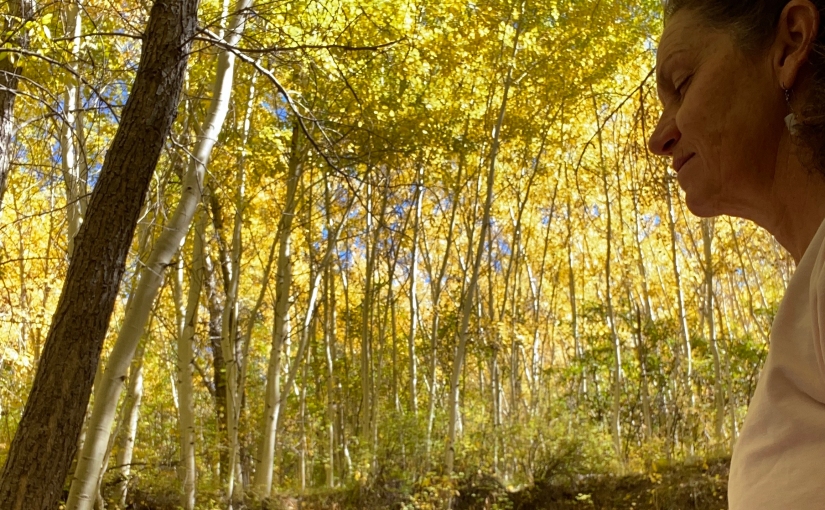


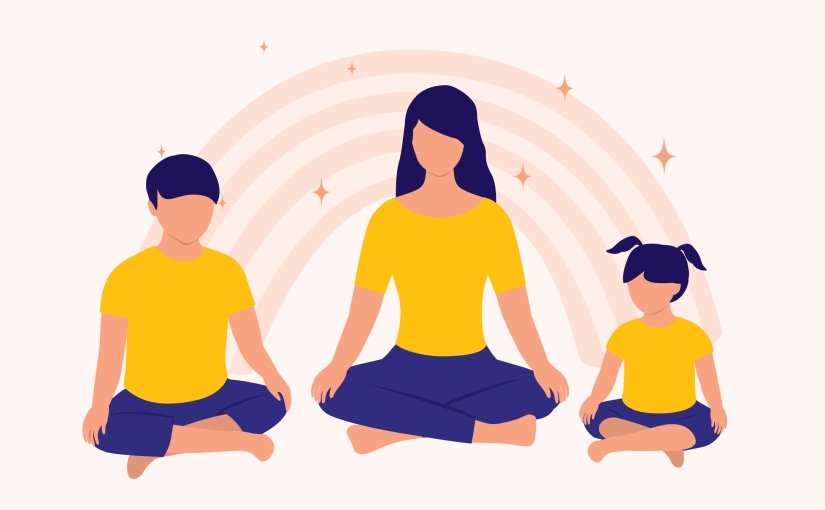
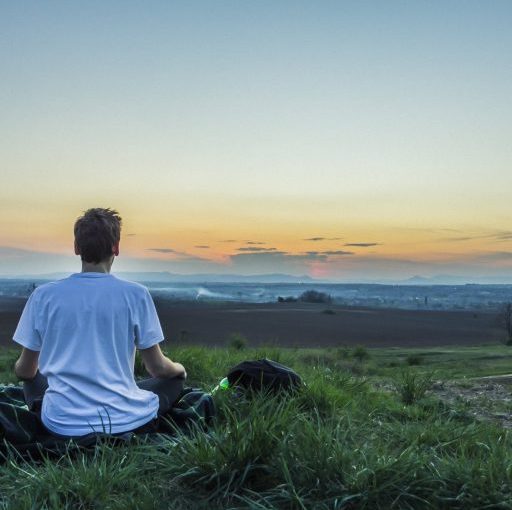

You must be logged in to post a comment.